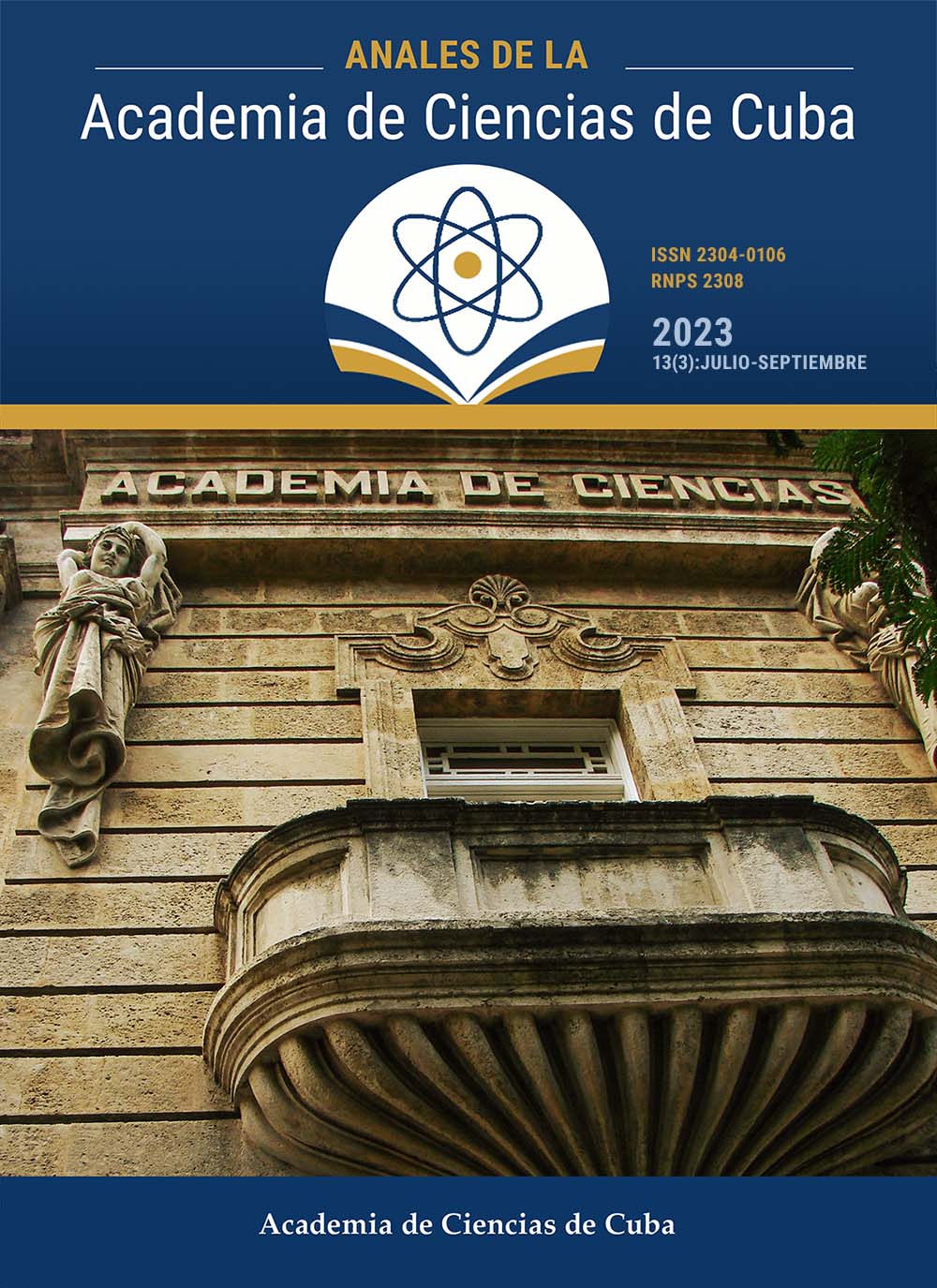Contributions to the national development of technology of industrial monitoring and diagnostics
Keywords:
industrial diagnosis, machine condition monitoring, electronic technology, vibration analysis, pattern recognitionAbstract
Introduction: There are areas, in the current national context, where both the importation substitution and the technological independence can’t be achieved. This work is focused on the presentation of different contributions to the national development of technology for industrial monitoring and diagnosis.
Methods: The accomplished tasks were based on the cumulative scientific and technical knowledge and were focused to the solution of problems that have been remained unsolved and the adaptations of such solutions to the national industrial context.
Results: Different system developments were achieved on the basis of general system conceptions and the solution of particular problems. The development of specific electronic modules and the implementation of different techniques for vibration analysis were covered. Conclusions, the results revealed that the highest level development of industrial monitoring and diagnosis technology is possible in Cuba.
Downloads
Published
How to Cite
Issue
Section
License
The journal Anales de la Academia de Ciencias de Cuba protects copyright, and operates with a Creative Commons License 4.0 (Creative Commons Attribution-NonCommercial License 4.0). By publishing in it, authors allow themselves to copy, reproduce, distribute, publicly communicate their work and generate derivative works, as long as the original author is cited and acknowledged. They do not allow, however, the use of the original work for commercial or lucrative purposes.
The authors authorize the publication of their writings, retaining the authorship rights, and assigning and transferring to the magazine all the rights protected by the intellectual property laws that govern in Cuba, which imply editing to disseminate the work.
Authors may establish additional agreements for the non-exclusive distribution of the version of the work published in the journal (for example, placing it in an institutional repository or publishing it in a book), with recognition of having been first published in this journal.
To learn more, see https://creativecommons.org






